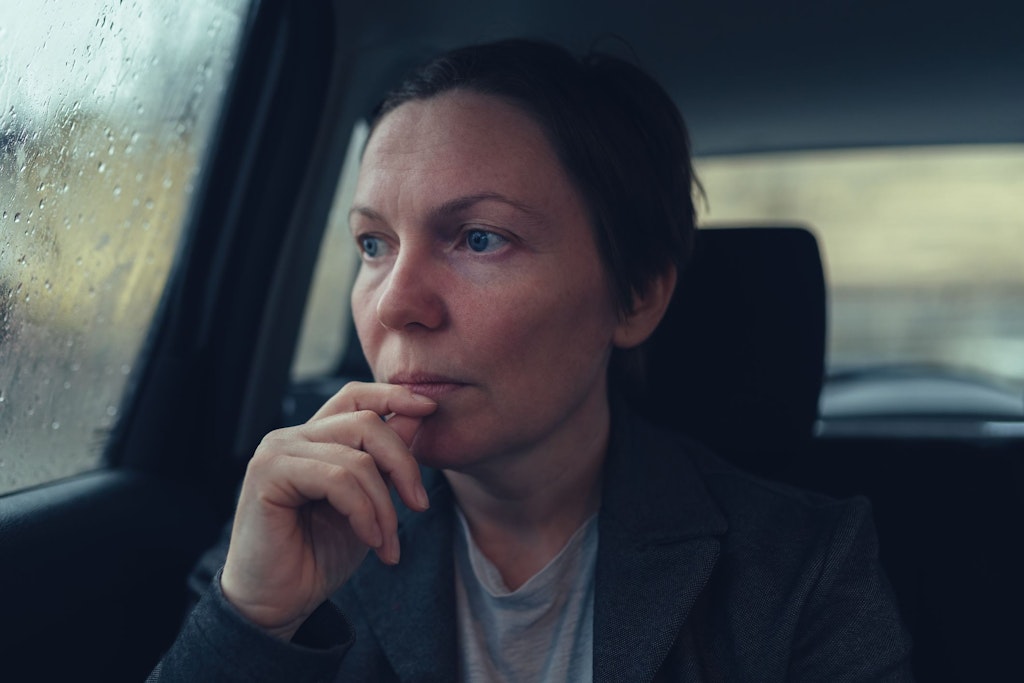The rental squeeze: How Australia’s housing crisis is pricing out aged care workers
Published on 20 October 2025

Imagine Sarah, a dedicated aged care worker in her mid-40s, waking up before dawn in a cramped share house on the outskirts of Melbourne. She spends hours commuting to her job at a local nursing home, where she cares for elderly residents who rely on her compassion and expertise. Despite a recent wage increase, Sarah’s take-home pay barely covers her skyrocketing rent, let alone groceries or petrol. Stories like Sarah’s are becoming all too common, as Australia’s rental market spirals out of control, leaving essential workers in the aged care sector struggling to keep a roof over their heads.
This crisis is not just anecdotal. Recent research highlights the stark reality for aged care workers, who are being systematically priced out of affordable housing. A comprehensive survey of over 51,000 rental listings, conducted during Anti-Poverty Week, found that just 850 rentals, or 1.7 per cent, were affordable for an aged care worker. Affordability was defined as spending no more than 30 per cent of income on rent, a standard benchmark to avoid housing stress.
Kasy Chambers, Executive Director of Anglicare Australia, described the situation as a national disgrace, pointing out that the people society depends on, such as nurses, teachers and care workers, cannot secure a stable home. Even with the full implementation of multi-billion-dollar investments in aged care wages, affordability has barely improved. This underscores a deeper issue: the private rental model is fundamentally broken, and wage boosts alone cannot fix the structural problems driving the housing crisis.
To understand why aged care workers are hit so hard, consider the numbers. The average hourly wage for an aged care worker in Australia sits around $25 to $31, translating to a weekly pay packet of between $910 and $1,103 for full-time roles. A pay rise in October 2025 added to this, with personal care workers seeing an extra boost, but it has not kept pace with rental inflation. Meanwhile, median weekly rents have surged to over $700 nationwide by October 2025, up from $665 in June, marking a nearly 44 per cent increase over five years. In capital cities, the pinch is even sharper. Sydney’s average weekly rent hit $780, while Melbourne reached $620.
These figures paint a grim picture. Aged care workers, along with nurses and early childhood educators, can afford fewer than 1.5 per cent of available rentals, forcing many into housing stress or relocation far from their workplaces. In regional areas, the problem exacerbates workforce shortages, as providers struggle to recruit staff amid a lack of affordable homes. This not only affects individual workers but threatens the entire aged care sector, which is already grappling with an ageing population and rising demand for services.
The broader rental crisis amplifies these challenges. Essential workers across the board, including ambulance officers and nurses, are locked out, with experts blaming decades of policy favouring private investors through tax concessions. In Queensland, for instance, full-time aged care workers can afford just 1 to 3 per cent of properties, contributing to widespread cost-of-living pressures. Western Australia fares no better, with only a handful of affordable properties for the lowest-paid essential workers statewide.
Government responses have focused more on reforming the aged care system itself rather than directly addressing worker housing. The new Aged Care Act, effective from November 2025, aims to improve quality standards and support for older Australians, including rights-based changes and better funding arrangements. However, it falls short on tackling the housing needs of the workforce. Broader housing policies, such as calls for increased social housing, have been raised in reports which highlighted over 50,000 Australians unable to access crisis accommodation. Critics argue that without targeted measures, like building more public homes, the crisis will worsen.
Anglicare’s Chambers calls for urgent action: tax reforms to curb housing costs, construction of at least 25,000 new public and community homes annually, and stronger renter protections. These steps could provide rentals that essential workers can actually afford, shifting away from a system that prioritises investors over everyday Australians.
As the housing crisis deepens, the irony is palpable. Those who care for our most vulnerable are themselves becoming vulnerable. Without bold policy changes, stories like Sarah’s will multiply, undermining the very foundation of Australia’s aged care system. It is time for governments to recognise that affordable housing is not a luxury, but a necessity for the workers who keep our society running.